Although some weeds are considered invasive, others have medical uses, provide animal habitat, and can be eaten by both humans and livestock. That's why it's important to identify plants first before deciding to get rid of them.
I enjoy driving in rural areas and seeing fields left in a natural state. When I see an interesting weed, I photograph it and then try to identify it. I have discovered that some weeds are really useful!
Of course, there are many more flowering weeds than what I've featured here. These are just the weeds I have photographed myself. I know I'll find more as I continue to the countryside. ~~ Burntchestnut


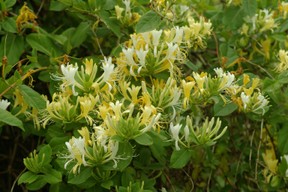 I love the smell of honeysuckle and I usually smell it before I see it. There are many types of honeysuckle, but this is the type I always see. When I was a kid, we would pull out a flower stamen and taste the tiny drop of "honey."
I love the smell of honeysuckle and I usually smell it before I see it. There are many types of honeysuckle, but this is the type I always see. When I was a kid, we would pull out a flower stamen and taste the tiny drop of "honey." 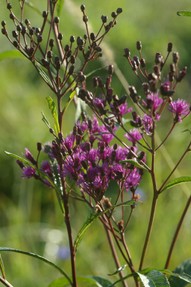 Ironweed is a member of the Aster family. In the U.S., it grows between 3 and 7 feet tall and has small dark purple flowers, which bloom in late summer.
Ironweed is a member of the Aster family. In the U.S., it grows between 3 and 7 feet tall and has small dark purple flowers, which bloom in late summer.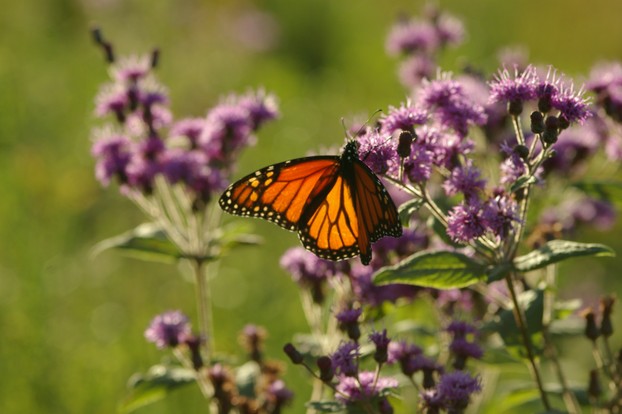
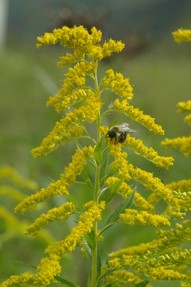



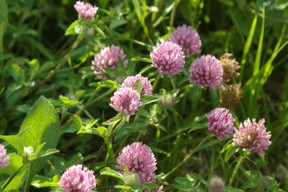 Clovers are part of the pea (legume) family and have pink or white blooms.
Clovers are part of the pea (legume) family and have pink or white blooms.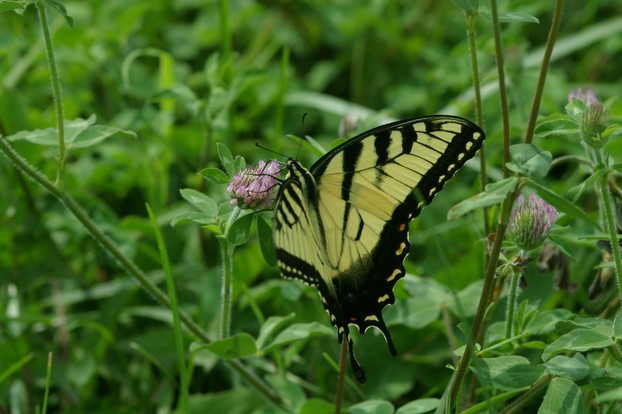
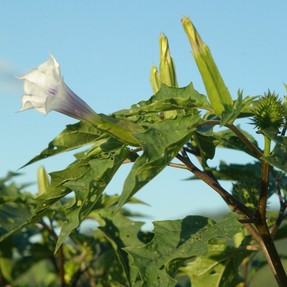
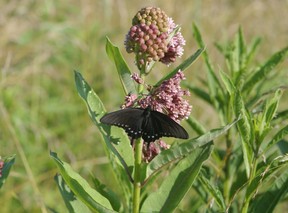 There are around 60 species of milkweed in the United States, but I've only seen the Common Milkweed plant (Asclepias syriaca)
There are around 60 species of milkweed in the United States, but I've only seen the Common Milkweed plant (Asclepias syriaca) Many people are surprised to discover chicory is a tall weed with pale blue flowers. The USDA (United States Department of Agriculture) calls chicory a noxious weed, but it's often classified as an herb by other groups.
Many people are surprised to discover chicory is a tall weed with pale blue flowers. The USDA (United States Department of Agriculture) calls chicory a noxious weed, but it's often classified as an herb by other groups.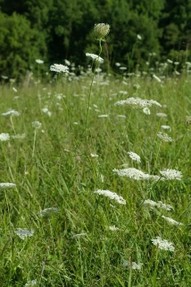 Queen Anne's Lace looks so pretty when it blooms in fields and along roadsides. Sometimes you see individual plants growing among other weeds and other times you see it growing in large patches.
Queen Anne's Lace looks so pretty when it blooms in fields and along roadsides. Sometimes you see individual plants growing among other weeds and other times you see it growing in large patches.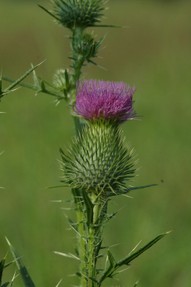 Bull thistle is also called common thistle and spear thistle. It’s native to Europe and believed to have been brought to the eastern United States in colonial times. It’s now found in all 50 states. It is so prickly with long sharp points all over the plant.
Bull thistle is also called common thistle and spear thistle. It’s native to Europe and believed to have been brought to the eastern United States in colonial times. It’s now found in all 50 states. It is so prickly with long sharp points all over the plant.





 I Loved to Read in Grade School (in the 1960s)on 09/29/2018
I Loved to Read in Grade School (in the 1960s)on 09/29/2018
 Halloween Memories from the 1960son 09/17/2018
Halloween Memories from the 1960son 09/17/2018
 What on Earth is Earthing?on 06/03/2015
What on Earth is Earthing?on 06/03/2015
 Worm Manure (Castings) Is The Best Organic Fertilizeron 05/25/2015
Worm Manure (Castings) Is The Best Organic Fertilizeron 05/25/2015

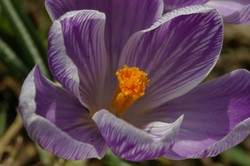

Comments
blackspanielgallery and jptanabe - I love walking around outdoors and taking photographs. Later, I often have to research to find the names of some plants and what they're used for.
Lovely photos! I see several of these flowering plants around where I live and particularly enjoy the honeysuckle and thistles.
It is amazing how plants considered weeds can produce beautiful flowers.
I've been wondering about Queen Anne's lace for years now. I finally know what it is. And yes, it does look like the carrot plant.
I've identified about half of these weeds here as well. It was good to read about the other ones as well (and I've learned some new things about the ones I knew, too).
candy47 - these photos were all taken on my sister's property in east Tennesee. I have lived in southern Illinois, too, and some of them were there, too, but not all. I'm in south Texas now so I see different flowering weeds.
Growing up in New Jersey I saw lots of clover, honeysuckle and Queen Anne's lace. I used to dye Queen Anne's with food coloring, it made a pretty bouquet. Lovely article.
Many of these "weeds" are used in Xeroscaping here in Colorado gardens. Loved your article.
frankbeswick - we had parakeets when I was young and my mother picked some weeds to get the seeds for them to eat, The weeds looked like tall grass and had seeds all along the stems, I don't know what they was called, though.
This was a very informative article. As I am in Britain some of these plants are new to me, though some are found over here. Jimson weed is one of which I had never heard.
When I had chickens I sometimes used to collect seeds from dock plants and feed them to the birds. They enjoyed them, so here is one sometimes overlooked use for prolific seeders.
These are really pretty photos! I have Hall's honeysuckle growing along my back fence. It is invasive, but a pretty plant nonetheless. The only weeds I get rid of are the thistles or ones with thorns. Any others, such as dandelion or Queen Anne's lace, I simply enjoy.